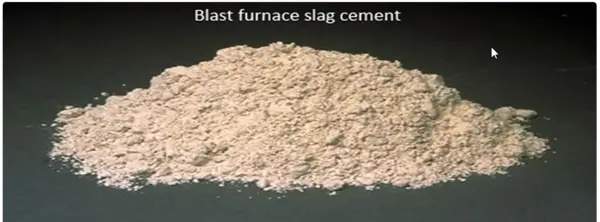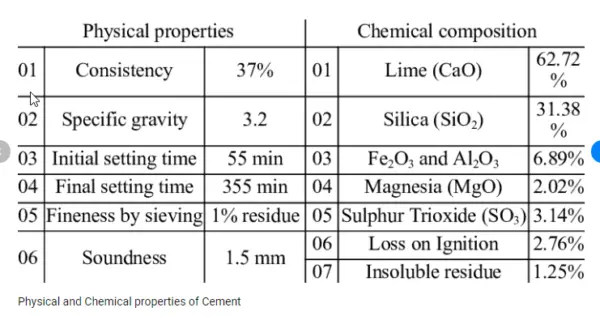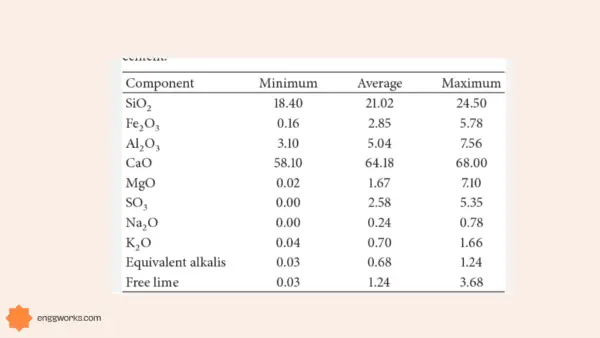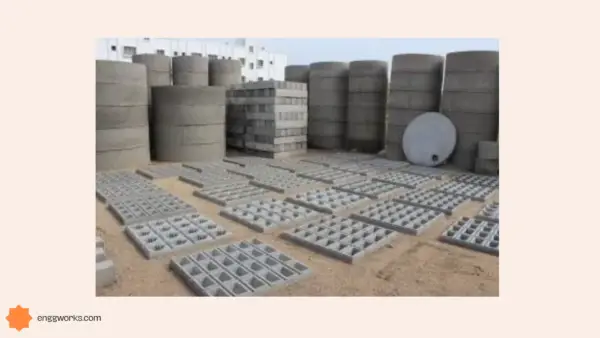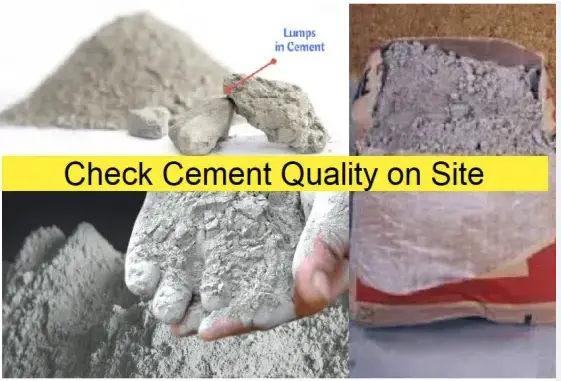Cement is the most common and widely used material which we come across in our day to day life.
A fine powder called cement is utilized in building as a binding material. In a kiln, a mixture of clay, limestone, and other materials is fired to a high temperature to create it.
The finished cement product is made from the resultant material, known as clinker, which is then ground into a fine powder and combined with gypsum and other additives.

Cement has a wide range of applications as it provides strength and durability to the structures and other constructions.
In general, cement is a crucial part of the infrastructure of the modern world because it offers stability, toughness, and resistance in a variety of projects and applications.
FAQ – Cement Definition
-
how cement was invented?
Cement is a material that binds together other materials, such as sand and gravel, to form concrete.
The invention of cement is attributed to the ancient Romans, who discovered that mixing volcanic ash with lime and water produced a mortar that hardened over time.
This mortar was used to build structures such as aqueducts, temples and roads. The Romans also improved the quality of cement by adding pozzolana, a type of volcanic rock, to the mixture. The word cement comes from the Latin word caementum, meaning rough stone or rubble.
-
when was cement mortar first used?
Cement mortar is a mixture of cement, sand and water that is used to bind bricks or stones together.
The earliest evidence of cement mortar dates back to the ancient Egyptians, who used a lime-based mortar to build the pyramids. The Romans improved the formula by adding volcanic ash, which made the mortar more durable and resistant to water.
Cement mortar was widely used throughout the Roman Empire for constructing buildings, roads and aqueducts. Cement mortar is still a common building material today, with different types of cement and additives to suit different purposes and environments.
-
why cement is used in concrete?
Cement is a key ingredient in concrete, which is a mixture of cement, water, sand and gravel.
Cement acts as a binder that holds the other materials together and gives concrete its strength and durability.
Cement is made from limestone, clay and other minerals that are heated and ground into a fine powder.When water is added to cement, it starts a chemical reaction that makes the cement harden and bond with the sand and gravel. Cement can also be mixed with other additives to create different types of concrete for various purposes.
-
why cement cracks while drying?
Cement is a common building material that is used to make concrete. Cement is made of finely ground minerals that react with water to form a hard and durable substance.
However, cement can also crack while drying for various reasons. One reason is that cement shrinks as it loses water during the hydration process.
This can cause internal stress and tension in the cement, leading to cracks. Another reason is that cement can be affected by external factors such as temperature changes, moisture loss, or mechanical loading. These factors can also create stress and strain in the cement, resulting in cracks.
Cracks in cement can reduce its strength and durability, and can also allow water and other substances to penetrate and damage the concrete. Therefore, it is important to prevent or minimize cracking in cement by using proper materials, techniques, and curing methods.
-
can cement be used for fence posts?
This is a common question among homeowners who want to install a fence on their property. The answer is yes, but there are some factors to consider before using cement for this purpose.
Cement is a mixture of water, sand, gravel and a binder, usually Portland cement. It hardens into a solid material that can provide strength and stability for fence posts. However, cement also has some disadvantages that may affect the durability and appearance of the fence.
One disadvantage of cement is that it can trap moisture around the fence post, which can cause rotting and decay over time. To prevent this, it is important to use pressure-treated wood for the fence posts and to leave some space between the post and the cement for drainage.
Another option is to use gravel or crushed stone instead of cement as a base for the fence posts.
Another disadvantage of cement is that it can crack or crumble due to temperature changes, soil movement or impact. To avoid this, it is advisable to use a metal or plastic sleeve around the fence post to protect it from direct contact with the cement.
Alternatively, one can use metal or vinyl fence posts that do not require cement at all.
Cement can be used for fence posts, but it is not always the best option. Depending on the type of fence, the soil condition and the climate, one may choose a different method of installing fence posts that is more suitable and cost-effective.
There are various types of cement available in the market of different qualities and of different properties. Depending upon its physical and chemical properties their usage is accessed.

